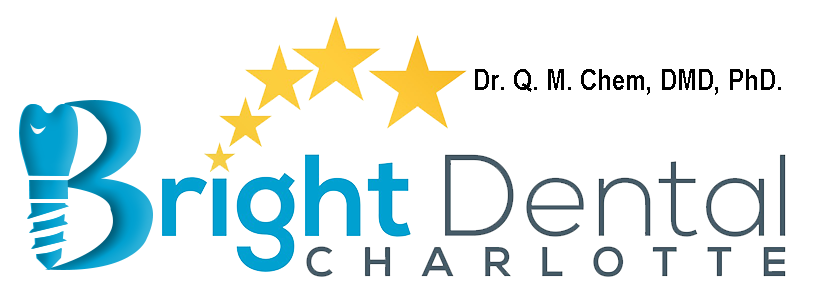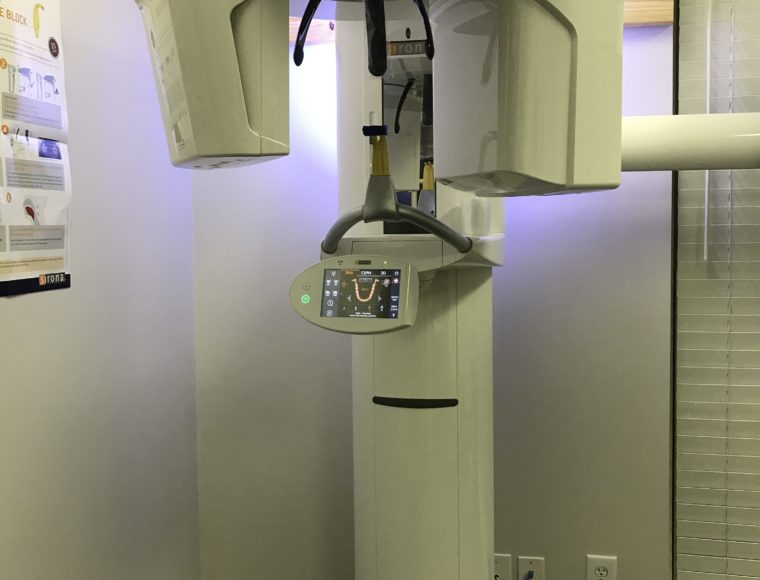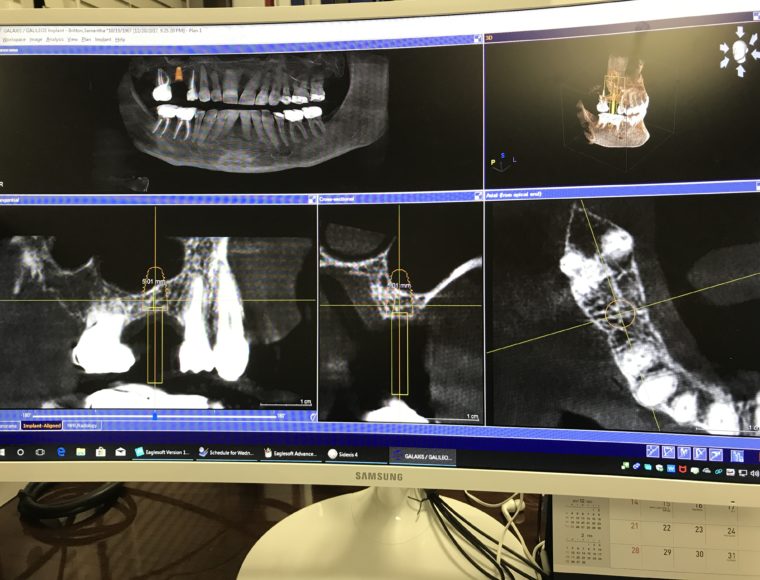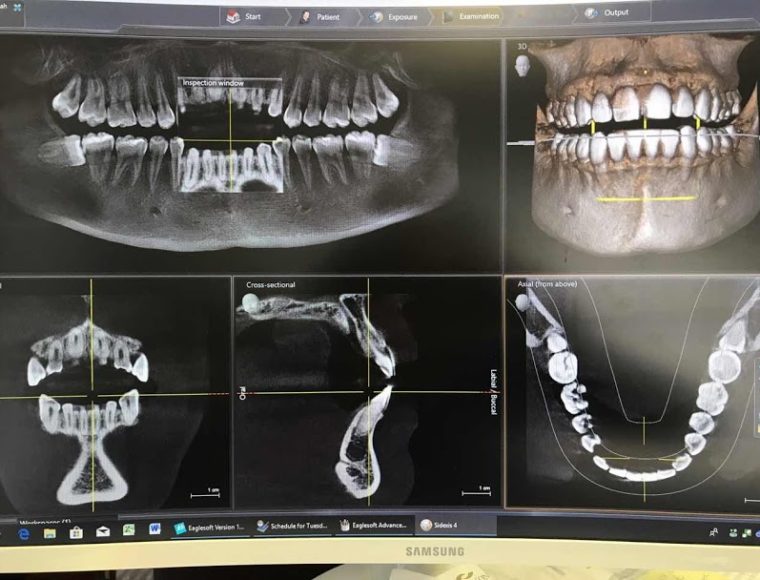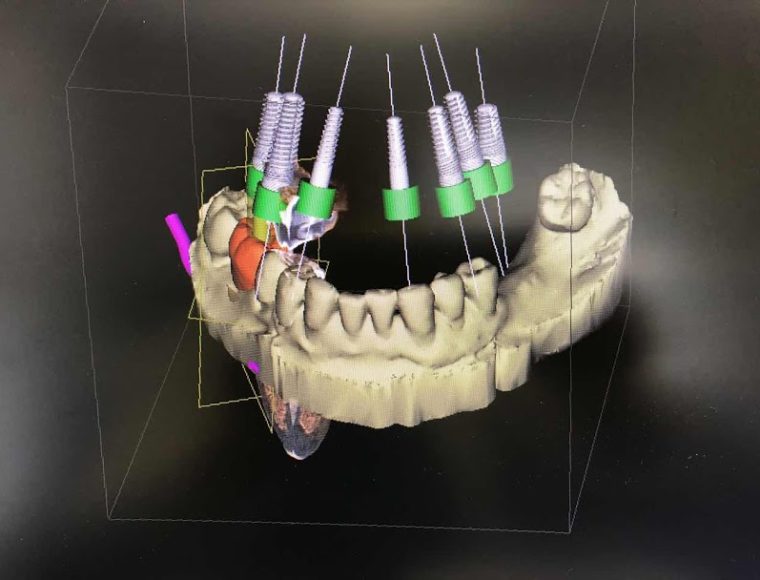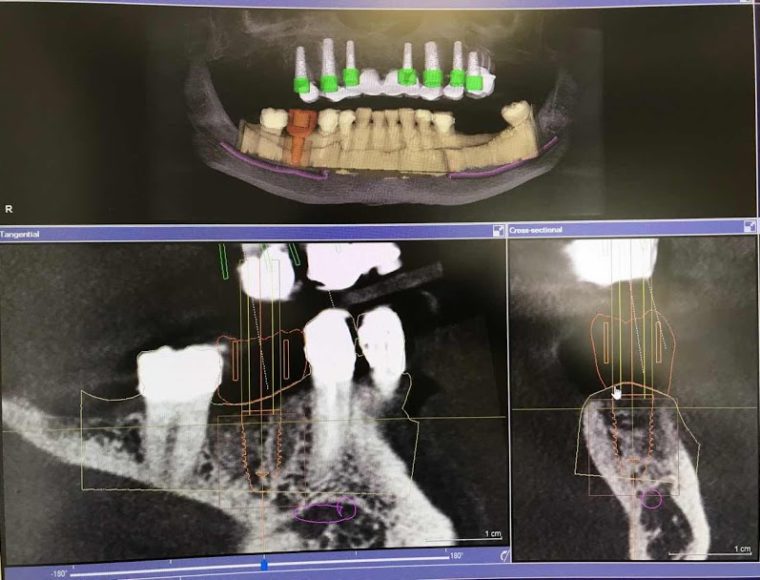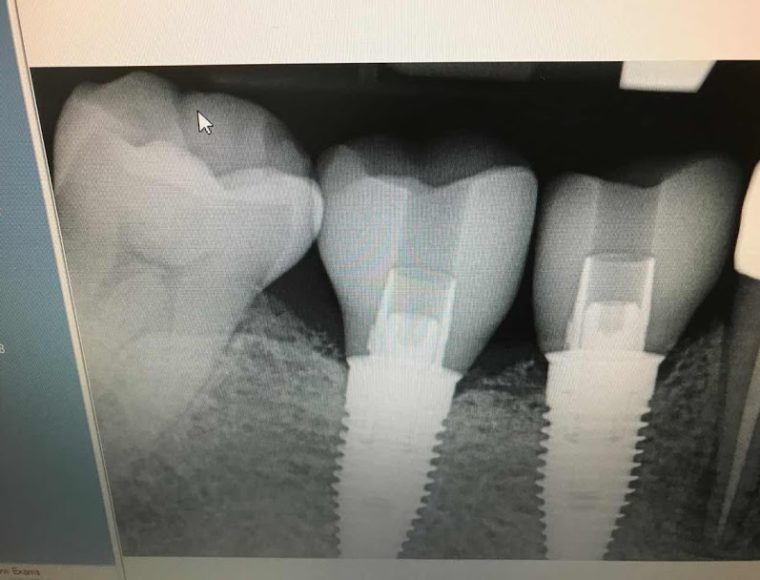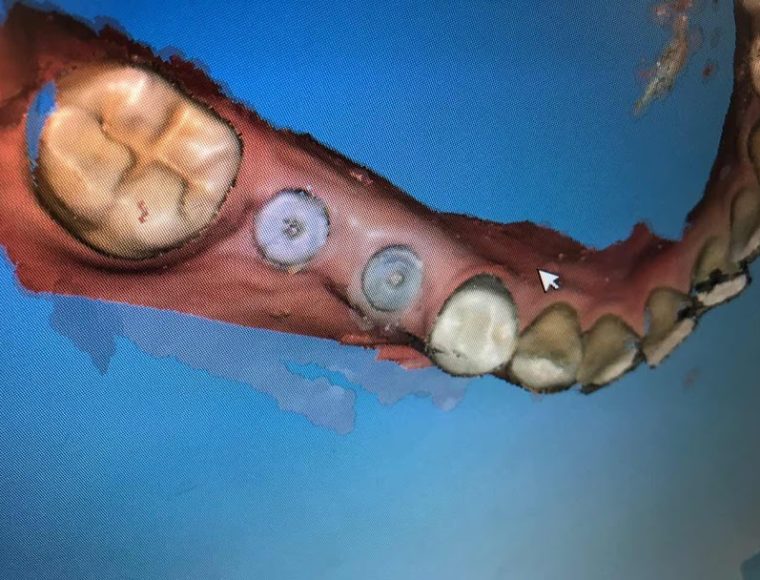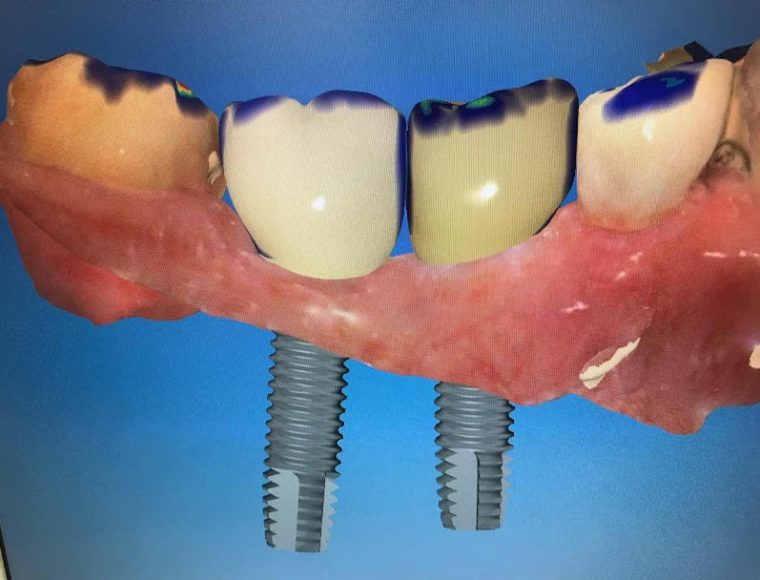Dental Implants
If you have a missing tooth, you might not feel like smiling. But you don’t have to live with an embarrassing gap between your teeth if you don’t want to. Plenty of options exist to replace a missing tooth.
That’s good to know because a missing tooth doesn’t just leave a hole in your smile — it may also affect how you speak and chew. And if a missing tooth isn’t replaced, the teeth around it begin to move.
Shifting teeth create new crevices for dental plaque to hide in, which can lead to tooth decay and the need for a tooth filling or gum disease treatment down the road.
Implant dentistry is a popular option for replacing a missing tooth. Rather than resting on the gum line like removable dentures or using adjacent teeth as anchors like a dental bridge, dental implants are surgically placed into the jawbone where they act as an anchor for replacement teeth.
A dental implant looks and feels like a natural tooth, allowing you to chew and speak just like you did before.
The Dental Implant Procedure
The dental implant procedure is usually a three-step process requiring oral surgery that is provided by your dentist, a prosthodontist or an oral surgeon. During the first step of dental treatment, your dentist drills a hole into the jawbone and a titanium implant is screwed into place.
This portion of your dental implant treatment might sound painful, but most patients are comfortable with just local anesthesia. (If necessary, sedation dentistry can be used for anxious patients.)
At the end of the procedure, the gum is secured over the dental implant, which will remain covered long enough for it to undergo the process of osseointegration, when the implant actually fuses to the bone.
Osseointegration usually takes three to six months. As with any dental surgery, you may experience some mild discomfort as the dental implant heals.
The dental implant is uncovered during the second phase of treatment and a post is added. This serves as an extension and together with the dental implant serves as the foundation for your new tooth.
Once the gum tissue around the post has had a chance to heal, your dentist places a dental crown on top. Since it is fixed to a post, your new tooth is extremely secure and will function just like any other tooth.
Although the conventional dental implant process usually takes several months to complete and involves multiple appointments, dental implant technology continues to advance. The result is options like single-visit dental implants, Nobel Teeth-In-An-Hour™ and mini implants.
Make Appointment
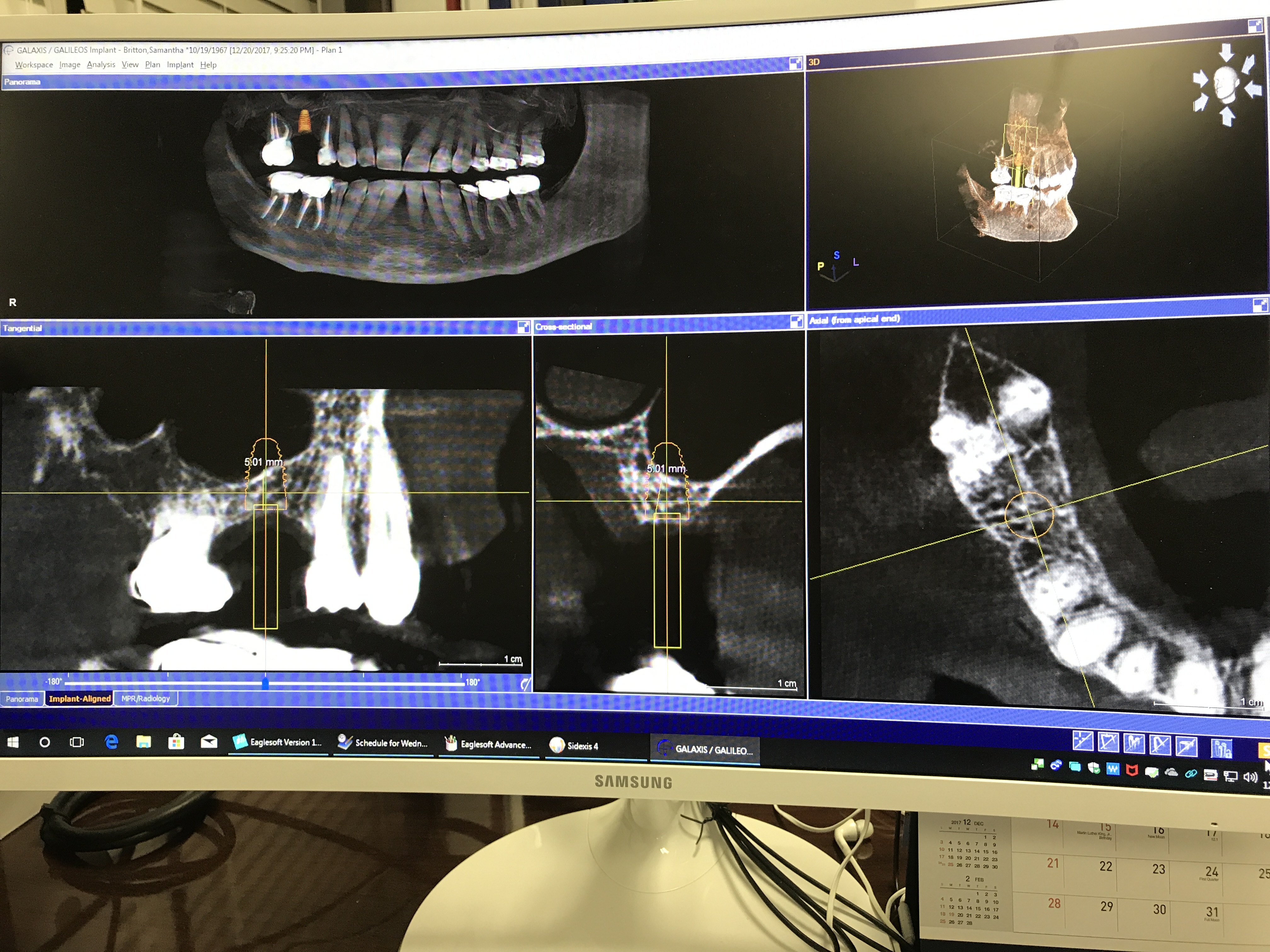
3D Guided Implants
With 3D guided implants, the dentist can see the bone structure on the CBCT scan, plan implants on 3D models and fabricate a surgical guide. This allows implant surgery to be more precise and less uncomfortable for the patient. Since the dentist can precisely see where nerves, sinus and all important anatomical structures are located, we can greatly reduce the possibility of complications.
Dental Implants: A Lasting Solution
Dental implants can replace a single tooth, several teeth or all of them. Dental implants can also be used to anchor a bridge or dentures into place.
If you need to have all of your teeth replaced, implant-supported dentures are ideal, providing more stability than traditional dentures and costing less than a complete set of single dental implants.
Just like any surgery, the dental implant procedure will be more successful if you are healthy. That means practicing excellent oral hygiene, eating well and not smoking.
Patients must also maintain a significant amount of jaw bone to support dental implants. Discuss your pre-existing medical conditions with your dentist. He or she can best determine if you are a candidate for dental implants.
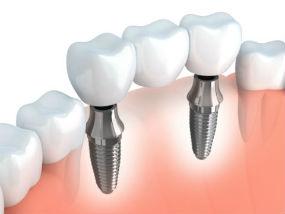
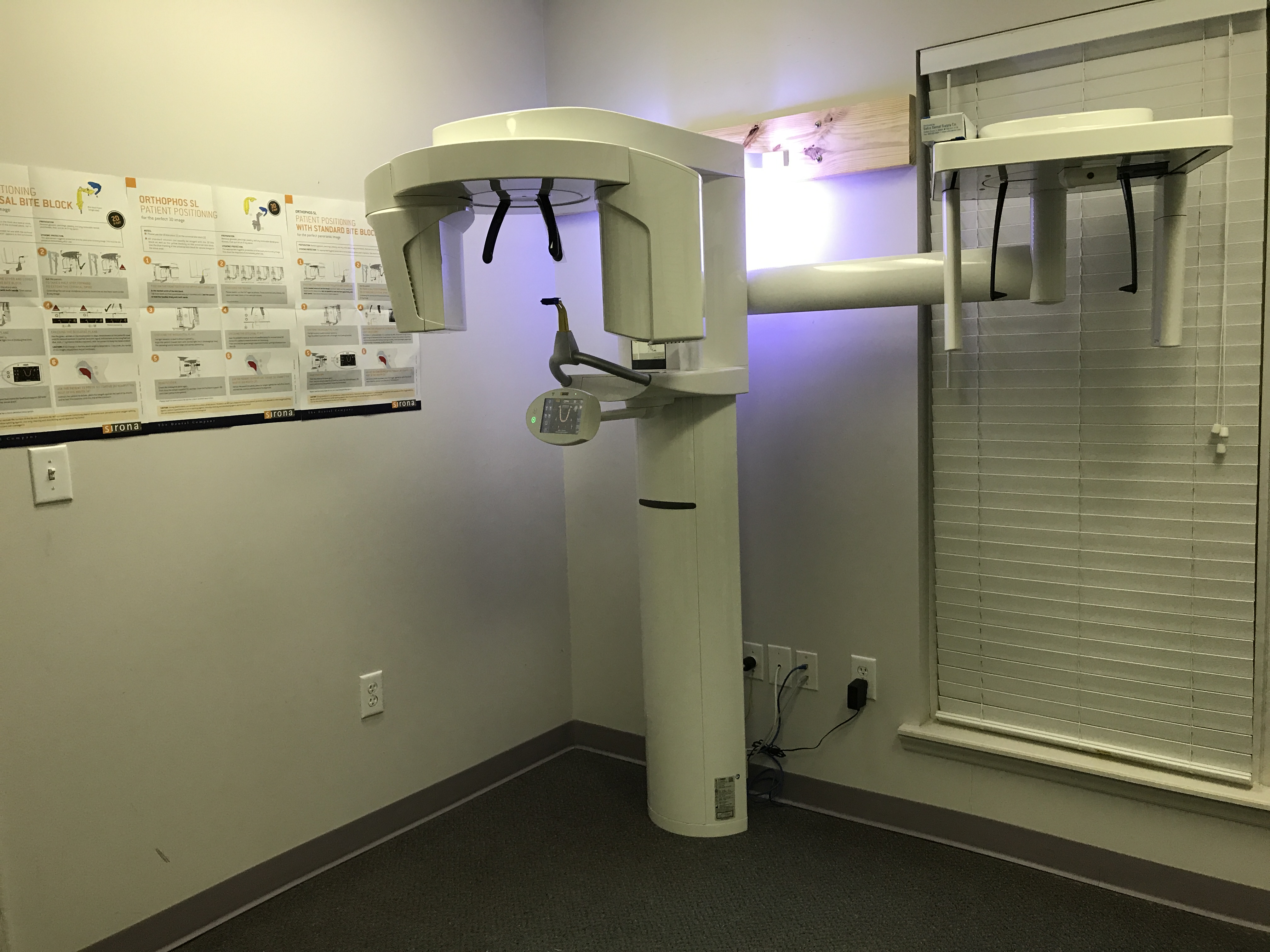
3D X-ray
At Bright Dental Charlotte, we have the latest 3D X-ray (Cone Beam CT scan) and 3D imaging technology that allows us to perform 3D guided implants, currently the cutting-edge in dental implants.
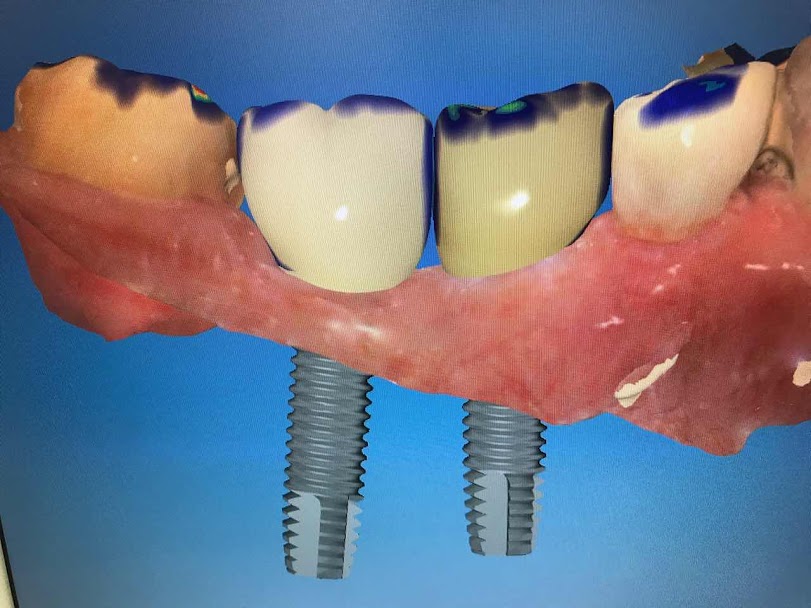
3D CEREC technology
After the implant is healed, we fabricate the implant-supported abutment crowns with 3D CEREC technology.
